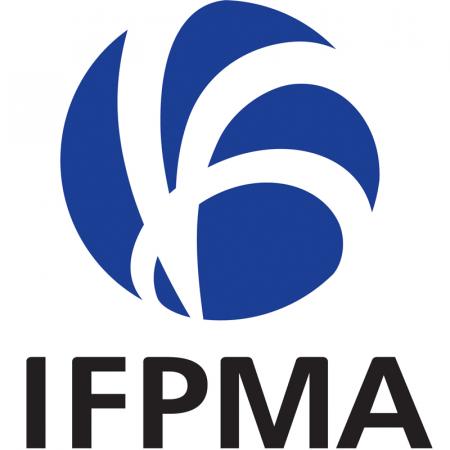Understand and Control AMR Emergence and Spread from Hospital and Municipal Wastewater
Residues of antimicrobial drugs and their metabolites, antibiotic resistance genes (ARGs), and antibiotic resistant bacteria (ARBs), are continuously introduced into the aquatic environment from hospital wastewater discharges and municipal wastewater treatment plant (WWTP) effluents. However, current literature lacks an understanding of the role of antibiotic resistance (AR) elements from the environment on the proliferation and dissemination of AR in a human population that is directly impacted by these wastewater-contaminated waters.
Ingestion of AR elements could change an individual’s intestinal microbiota, resulting in prolonged intestinal carriage of ARBs that can be asymptomatic, but may precede personal infection with an AR pathogen and contribute to the dissemination and maintenance of AR within the community. Therefore, the central focus of this research is to examine the spatio-temporal dynamics of AR element diffusion from potential sources (hospital discharges and WWTP effluents) to locations downstream (e.g., naturally-occurring riverine tributaries), including tube wells that are used as sources for domestic purposes (e.g., drinking, cooking). In Bangladesh, there is a high risk of AR dissemination in the human population because of the general availability and unregulated use of broad-spectrum antibiotics, and poor access to safe water and basic sanitation. These conditions are common in many other developing countries where ARB infections are widespread.
AMR NEWS
Your Biweekly Source for Global AMR Insights!
Stay informed with the essential newsletter that brings together all the latest One Health news on antimicrobial resistance. Delivered straight to your inbox every two weeks, AMR NEWS provides a curated selection of international insights, key publications, and the latest updates in the fight against AMR.
Don’t miss out on staying ahead in the global AMR movement—subscribe now!







